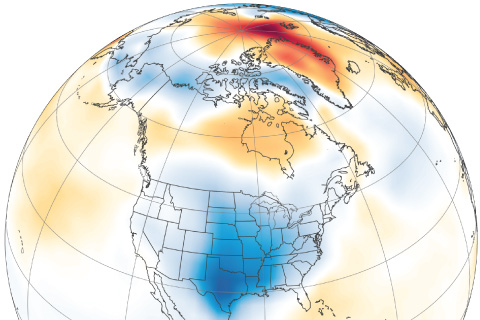
Polar vortex expert Amy Butler and Arctic expert James Overland offer perspectives on the February cold snap in the southern U.S., the polar vortex, and how the Arctic might influence mid-latitude weather.
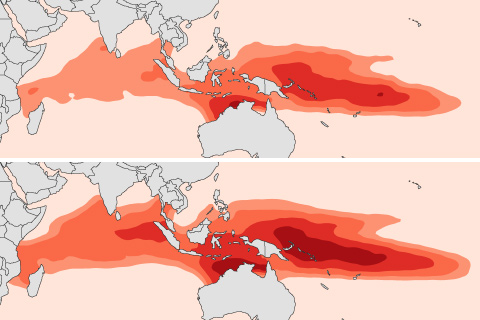
The large, warm pool of ocean water in the Indian and west Pacific Oceans has been growing warmer and expanding in size since 1900, impacting the Madden Julian Oscillation and regional rainfall.

A strong polar vortex supported the formation of a large and deep Antarctic ozone hole in September 2020 that should persist into November, NOAA and NASA scientists reported today.
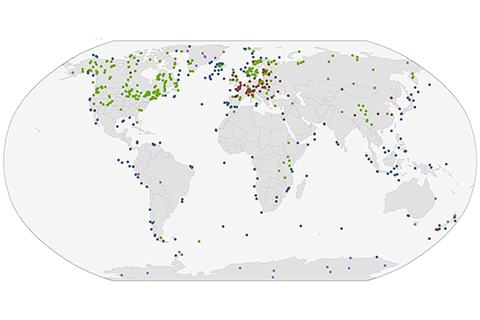
The most comprehensive database ever assembled of paleoclimate proxies that tell scientists about temperatures since the last ice age ended around 12,000 years ago has been released to the public.
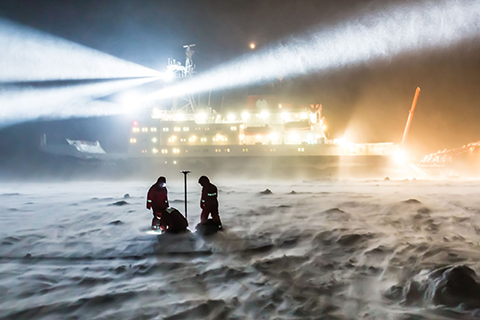
In 2015, NOAA's Climate Program Office (CPO) invited grant proposals from sea ice and climate scientists looking to better understand and predict Arctic sea ice behavior, on timescales ranging from days to decades. This is our second story on some of the resulting research.
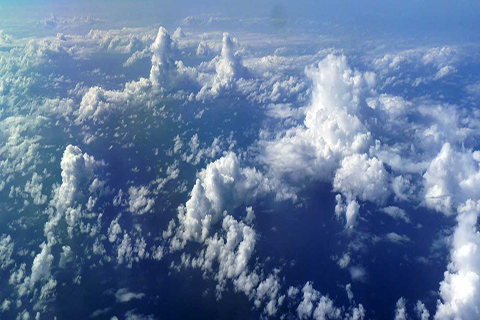
Transcript available! On Wednesday, February 5, climate expert Dr. Gijs de Boer answered questions in a Climate.gov tweet chat about the ATOMIC cloud-science mission in Barbados. Read the transcript.
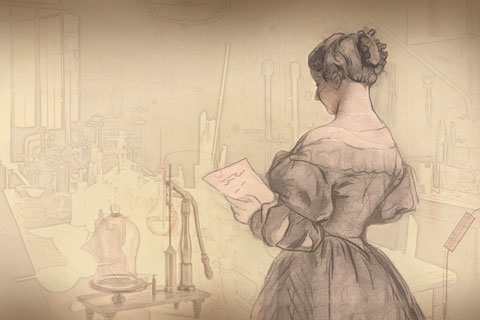
American Eunice Foote was an amateur scientist and women's rights pioneer from the mid-1800s whose experiments foreshadowed the discovery of Earth's greenhouse effect.
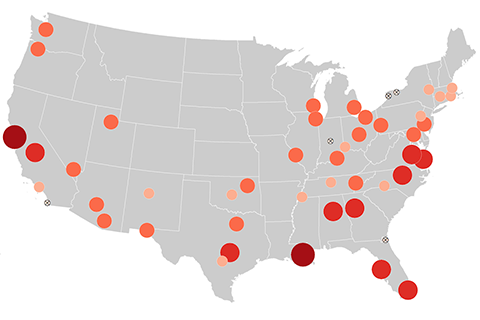
From heat waves to heavy rain, the National Climate Assessment's recently updated collection of indicators shows how climate is changing.
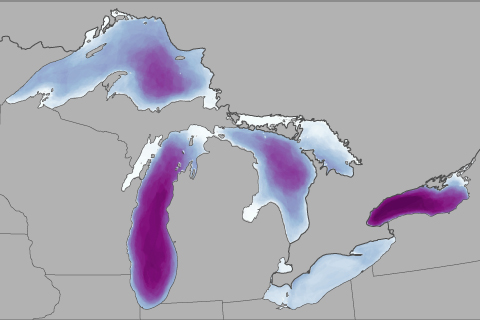
Ice cover on the Great Lakes has been decreasing since the 1970s, affecting everything from fishing to shipping.
